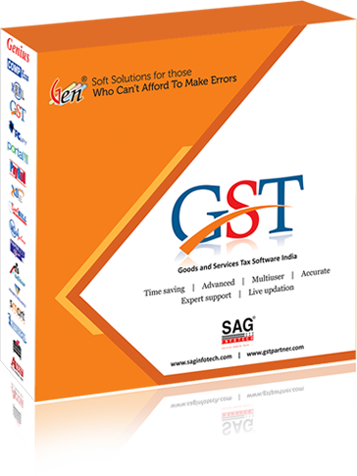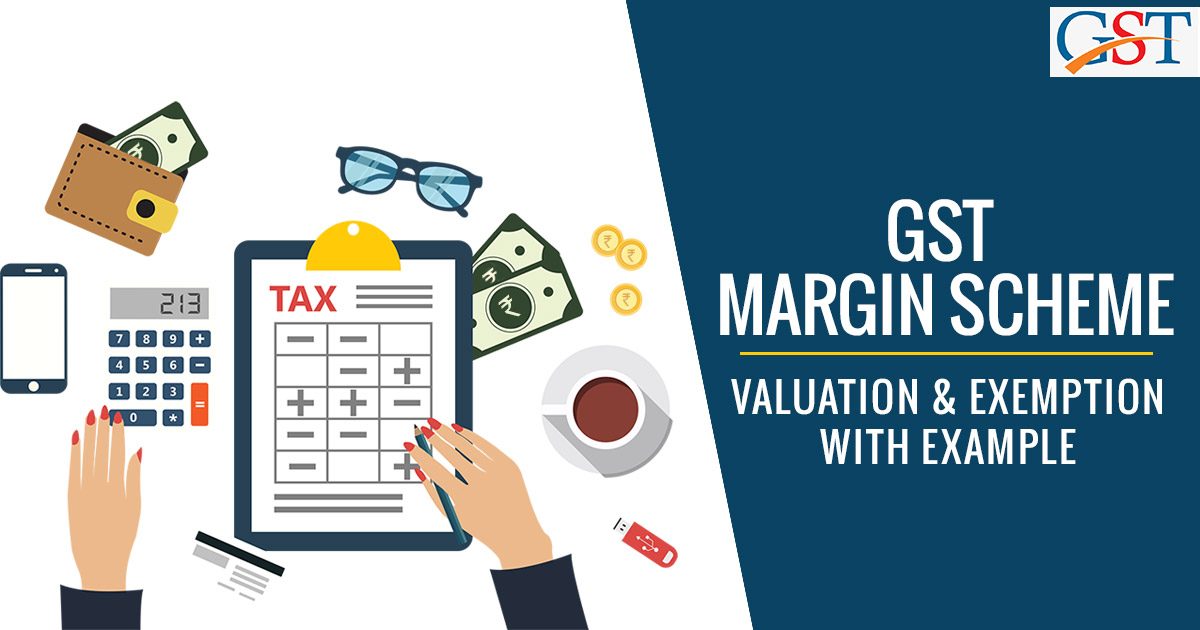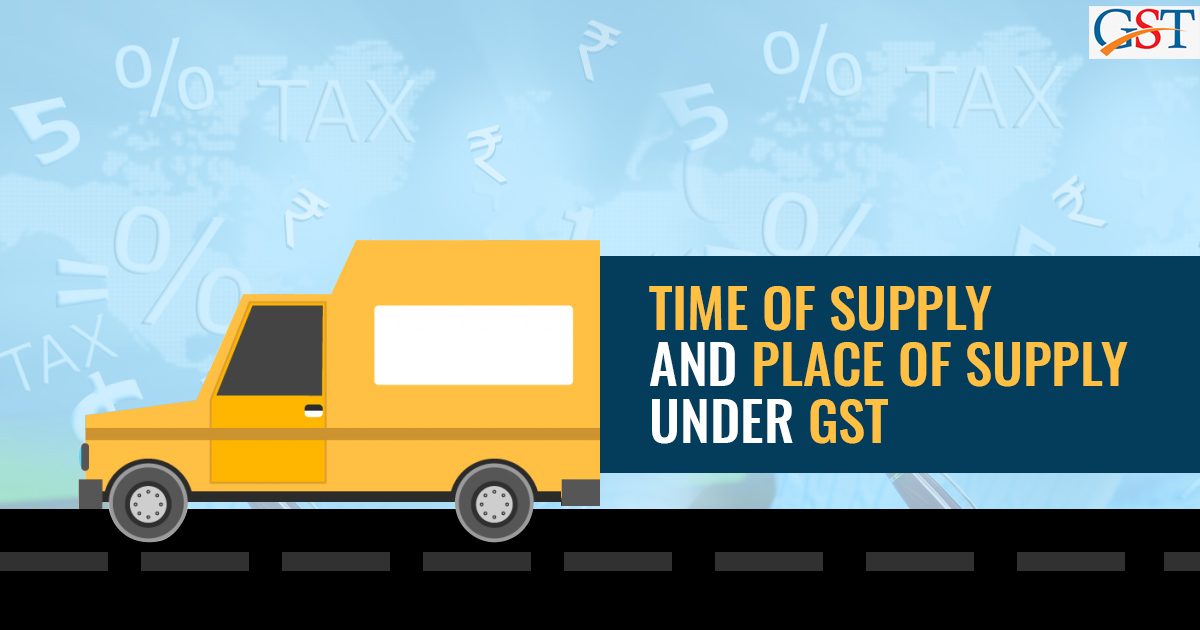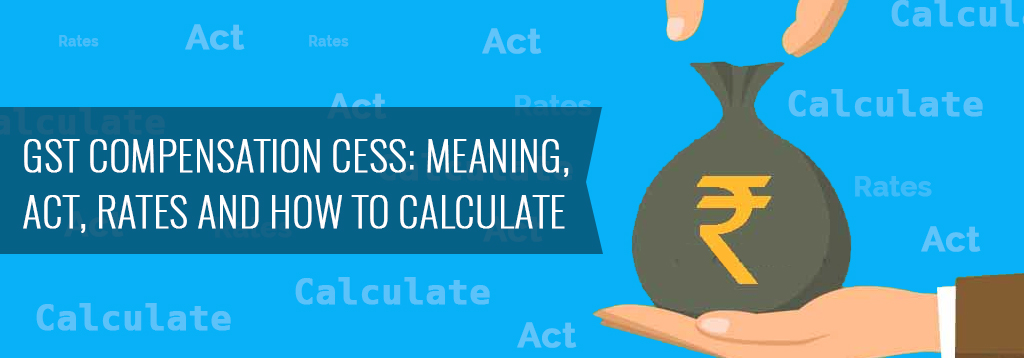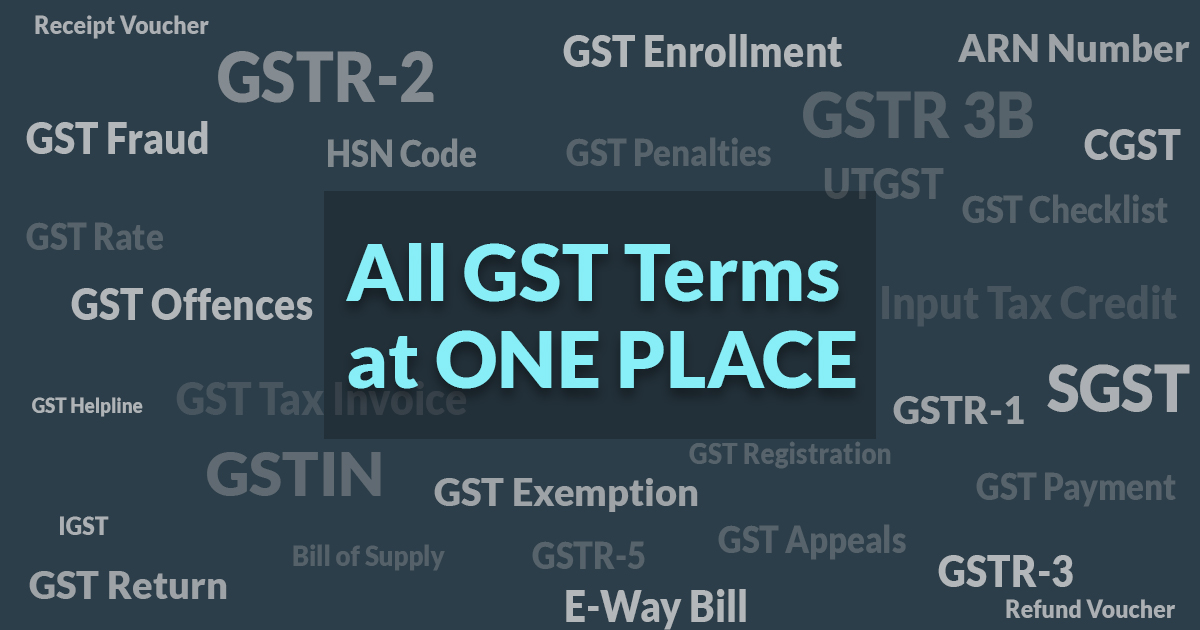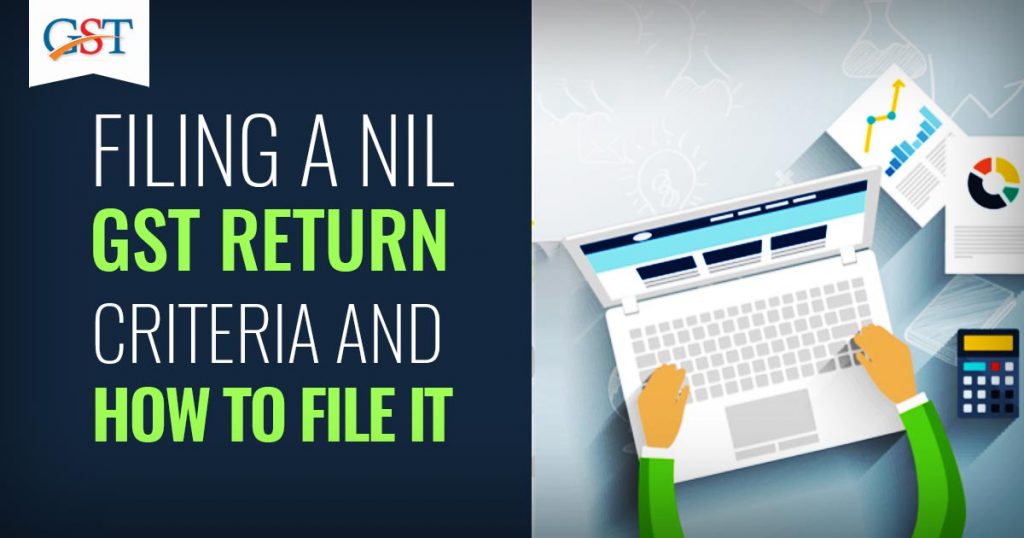
GSTR is the GST return forms a taxpayer needs to file to record his monthly transactions and pay taxes accordingly on the GST portal. It is mandatory for all taxpayers to file the monthly returns, irrespective of their transaction in that particular month.
The rule applies to all the GST return forms including GSTR-3B, GSTR-1, GSTR-2, GSTR-3 and so on. That means a dealer has to file GST returns even if he did not perform any business transactions or supplies/sales in a month. A GST Return with no transactions or sales (outward supplies) is called Nil GST Return.

